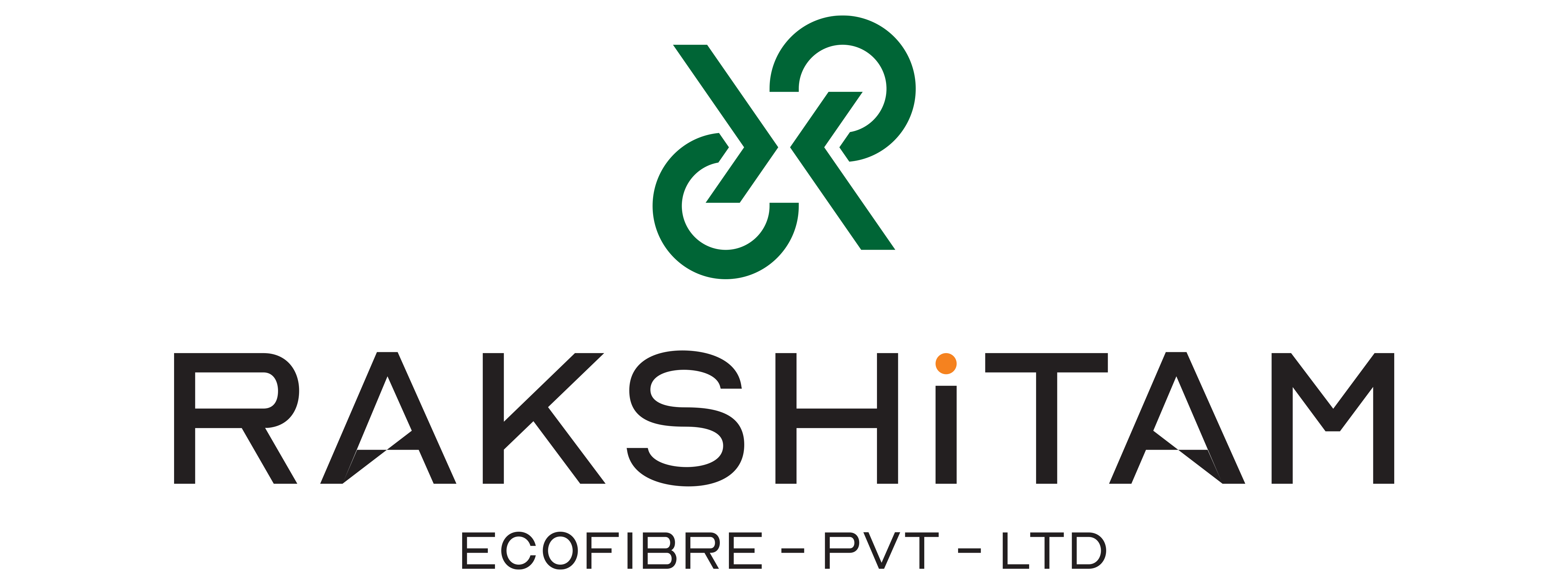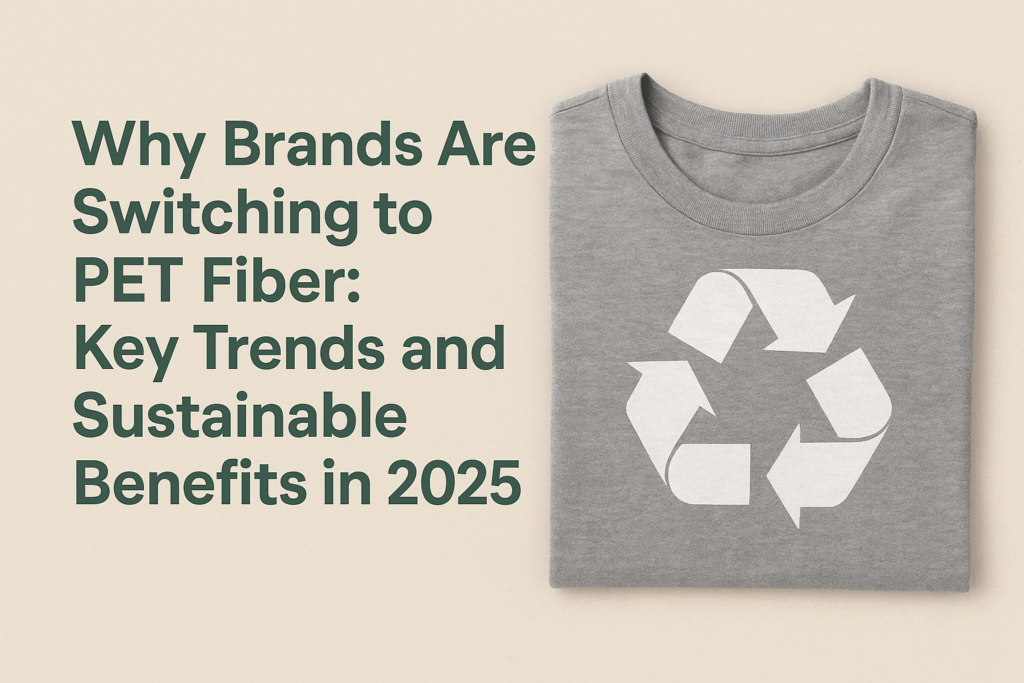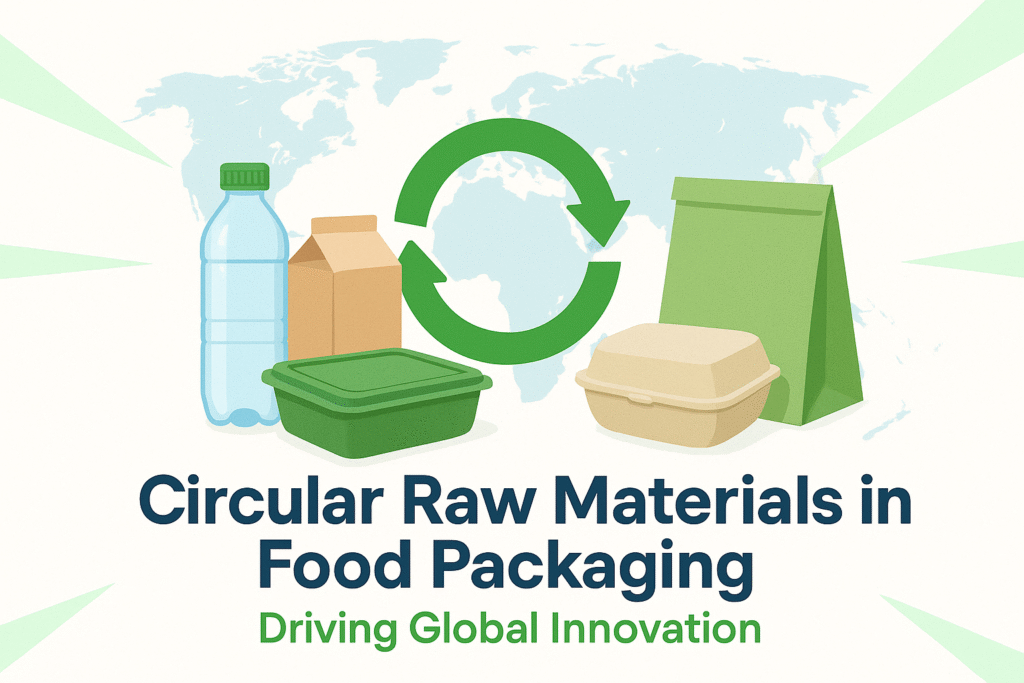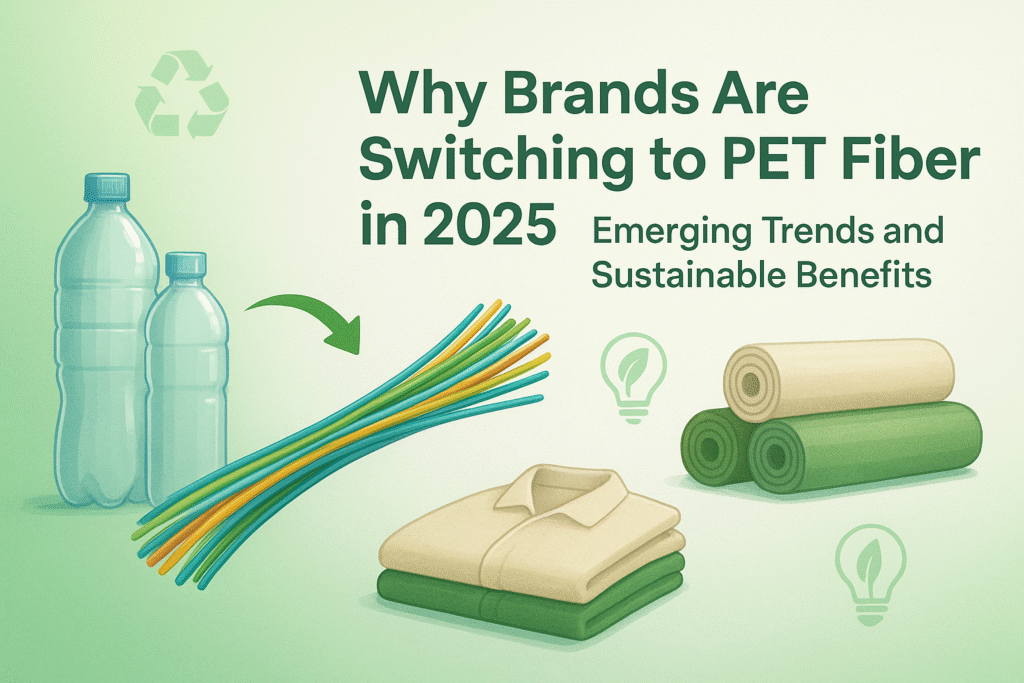In a world increasingly concerned with environmental issues and mounting demands for sustainable solutions, comes a new textile player: turned out of trash, recycled polyester-a largely bottle-based fiber that is turning waste into one of the world’s most popular fibers. Amid the textile and fashion industries’ searching for alternatives to send most of their negative environmental impacts into directions, recycled polyester proves to be a route that converts plastic waste into valuable resources.
Let’s dive right into why recycled polyester is rewriting the fabric of fashion, and why it’s poised to be the fiber of the future.
The Problem with Traditional Polyester and Plastic Waste
Polyester, being a synthetic fiber, has received more preference in the textile market concerning durability, affordability, and versatility. However, as polyester from old times is extracted from a nonrenewable source, its production is energy intensive and leads to heavy emission of carbon. Moreover, tiny pieces of plastic called microplastics are released while washing polyester clothing into the sea.
Meanwhile, plastic waste, especially single-use plastic bottles, has become the new global crisis. Million tons of plastic waste are led to landfills and oceans every year, polluting the ecosystems and threatening marine life. Consequently, the magnitude of waste has pushed innovation into finding solutions that address not only the environmental footprint of fashion but also the plastic waste pandemic.
Rise of Recycled Polyester
The second raw material available at Time Apparel is recycled polyester, commonly referred to as rPET, or recycled polyethylene terephthalate. Use of recycled polyester is a better alternative to virgin polyester. This fabric is made when plastic bottles are crushed down and used as polyester fibers. They gather plastic wastes, clean the same, and convert it into small PET flakes, melts them, and spins into yarn. The result is a material that looks and feels just like the old polyester but uses fewer natural resources to create.
Why Recycled Polyester is the Fiber of the Future
The use of recycled polyester addresses some of the most pressing environmental concerns while retaining the practical benefits that have made polyester a staple fiber. Here’s why recycled polyester is destined to lead the future of textiles.
1. Significant Reduction in Carbon Emissions
Producing recycled polyester is estimated to consume about 59% less energy when compared to virgin polyester manufactured from raw materials. As rPET manufacturing avoids the extraction process of petroleum, carbon emissions are lower and more energy is saved. Moreover, the use of recycled polyester over virgin polyester is said to be able to decrease fossil fuel demand.
It has been estimated that recycling one ton of PET saves 1.5 tons of carbon, thus rPET is an appropriate choice by the fashion industry to reduce carbon emissions from itself.
2. Ending plastic waste from a closed loop.
The extensive criticism of the fashion industry’s usage of plastic-derived fibers in designing clothes is that they contribute to the plastic pollution of the earth. Here, using recycled polyester flips the story upside down by converting plastic waste into something valuable. Once the plastic bottles are given a second life by turning them into recycled polyester, this material insulates potential plastic waste from landfills and oceans while also spurring circularity in the economy-a constant recycling rather than persistent throwing away of waste material.
This closed-loop approach reduces the environmental burden of plastic waste while giving a constant supply of raw materials for the textile industry. As we recycle more polyester garments, we make a step toward a more circular, sustainable fashion system.
3. Maintain Durability and Versatility
The primary advantages of polyester include its durability, which rPET retains. This will give rPET the possibility to be strong enough for sportswear, home textiles, and even outdoor gear. This is important in the creation of products that can resist wear and tear and significantly have a longer life, with fewer replacements.
Another characteristic that recycled polyester does not lose is the stretchiness of natural polyester. It can be blended with natural fibers such as cotton for soft and cozy materials or processed to impart the qualities of silk or wool. Such flexibility makes it possible for designers to use recycled polyester in a wide variety of products that ensure sustainability without compromising quality or style.
4. Water Conservation
The other environmental benefit of recycled polyester is its saving of water consumption. Normal production requires a lot of water for virgin polyester, whereas recycles polyester will need much less. This really makes it very important in the context of increasingly scarce freshwater resources in the world. For brands wanting to preserve water, using rPET instead of virgin polyester would be a useful way to cut their water footprint.
5. Supporting Conscious Consumerism
With increasing demands for sustainable options in everyday purchases, especially in the fashion sector, the value of recycled polyester neatly fits into this shift in conscious consumerism and reflects principles of a responsible environmental conscience. With each purchase, consumers become active participants in reducing waste, conserving resources, and supporting sustainability through brands.
As environmental concerns gain more attention and eco-friendly material demand grows, recycled polyester is appearing in more and more fashion brands’ collections. For an industry looking for reasons to spur change, this is a remarkable shift, bound to make sustainable options more widely available.
Challenges and Future Potential of Recycled Polyester
Indeed, while recycling polyester staple fibre greatly offers many advantages for the environment, it still bears some problems. One of the major problems deals with the issue of microplastics, since rPET fabrics will still shed small plastic particles during washing. Yet development in textile technology has found ways to minimize these particles or capture them to lessen the negative effects on oceans.
Recycling processes are continuously being developed with further research on how best to improve them efficiently and qualitatively. Advanced chemical recycling is some work in progress whereby polyester can be broken down even up to the molecular level, meaning that it can be recycled infinitely without losing its quality.
When such innovations take place, recycled polyester will probably be more sustainable, a keystone material for future textiles.
Also Read: How Eco-friendly Recycled Polyester Staple Fiber RPSF is made from pet flakes
Conclusion: Future Road to a Green Future
Recycled polyester is such an answer to two of the world’s most big problems-issues sustainable as pertaining to fashion and the rising waste problem that pertains to plastic. Defining waste and turning something discarded like plastic into the fabric of value, recycled polyester opens up to give the door for a more responsible, circular fashion industry.
As a fabric of the future, recycled polyester makes possible eco-friendly choices in production without effects on the quality, style, or performance. In that regards, choosing rPET products is a movement toward sustainable fashion, but it is also an opportunity to live in a world in which waste is perceived as an opportunity—first step toward a greener and more sustainable future for all.







